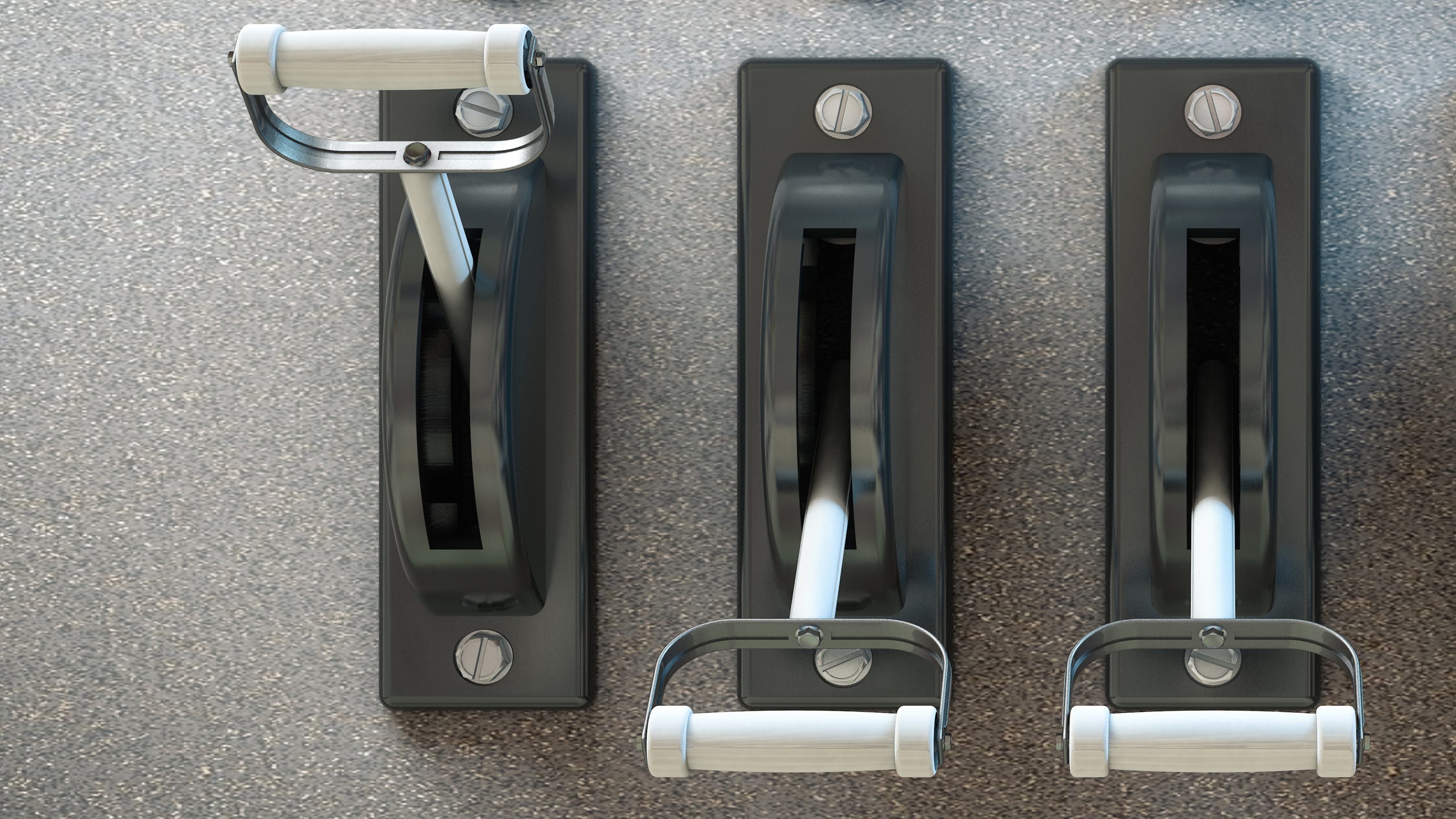What to Do with All Those Old 401(k)s and IRAs
It's about as fun as herding cats, but rounding up all your IRAs and 401(k)s into just one or two accounts can really simplify your financial life.


By age 50, baby boomers have held an average of 12 different jobs, according to the Bureau of Labor Statistics. In many cases, they may have several company retirement plans from old employers, as well as an IRA or two, along with at least one Roth IRA.
By combining these accounts, you may be able to save both time and money and make your life more stress-free. Say, for example, you have three IRAs, two old 401(k) plans, an old Simple IRA and an old 403(b) plan. These seven different accounts can actually be transferred into one IRA. There are several reasons why you might want to do that.
Less Expensive
When you buy or sell an investment, a transaction fee is often charged. If you consolidate your accounts, you may have fewer total buys and sells, which could significantly reduce fees andboost your net return.
From just $107.88 $24.99 for Kiplinger Personal Finance
Be a smarter, better informed investor.

Sign up for Kiplinger’s Free Newsletters
Profit and prosper with the best of expert advice on investing, taxes, retirement, personal finance and more - straight to your e-mail.
Profit and prosper with the best of expert advice - straight to your e-mail.
For example, if you wanted to purchase 12 different investments for diversification, by consolidating, you could just buy those 12 investments all in one account.
However, if you had the seven accounts in our example, and you wanted to be diversified over 12 investments in each account to reduce risk, you would be trading 12 investments in seven accounts — or 84 total different investments — which could create a lot more transaction fees.
Also, some companies reduce or waive fees if your account reaches a minimum size, so combining accounts increases the likelihood for this to happen.
Reduces RMD Errors
Once you reach age 70½, you must take a required minimum distribution from your pretax retirement accounts each year. Failure to do so will result in a 50% penalty on the required distribution that was not taken.
If you have multiple accounts, each financial firm will send you paperwork each year to take this RMD. As the years pass it can be easy to overlook paperwork that arrives and miss this required distribution.
You'll find this less likely to happen if you consolidate your accounts and take one distribution from just one IRA.
Simplifies Investing
Consolidating accounts will make it much easier to manage your investments. You can focus on the performance of one account, instead of watching the performance of seven different accounts. It is also more convenient to work with one very good IRA custodian with good service and investment choices rather than seven.
Also, once you retire you may need to structure your investments to get monthly income. With seven different accounts, often people end up getting seven different checks, as opposed to receiving one check on one IRA.
Saves Time
Ultimately, combining accounts will free up time. It will mean fewer statements to read, forms to fill out, information to look up and passwords to remember.
And when you need to make changes, such as an e-mail address or an investment change, you'll only need to make one phone call.
Combining accounts also makes it much easier to verify that your beneficiaries are up-to-date and none are overlooked.
Downsizing, relocating to a retirement community, or moving to be closer to family can increase the chances that you may lose track of old retirement plans, because when you move you may forget to update all the multiple addresses on your retirement accounts. If you consolidate these accounts into one, this is less likely to happen.
Getting Started
While you may not be so lucky as to get all of your different retirement accounts and IRAs into one account, any reduction in the number of accounts will help. Also, once you retire, you may be able to boil your portfolio down to no more than two retirement accounts: a traditional IRA for pretaxretirement accounts and a Roth IRA to combine all the Roth accounts.
When combining retirement accounts, transferring the assets directly from one retirement account to another where you make the check payable directly to the new custodian on yourbehalf is the most hassle-free way to do it. It avoids unnecessary headaches like the 20% withholding on indirect rollovers, or the possibility of missing a 60-day rollover deadline when you take receipt of the funds.
Profit and prosper with the best of Kiplinger's advice on investing, taxes, retirement, personal finance and much more. Delivered daily. Enter your email in the box and click Sign Me Up.

-
 Amazon Surge Sends S&P 500, Nasdaq Higher to Start November: Stock Market Today
Amazon Surge Sends S&P 500, Nasdaq Higher to Start November: Stock Market TodayAmazon inked a $38 billion cloud deal with OpenAI, which sent the stock to the top of the Dow Jones on Monday.
-
 If You'd Put $1,000 Into Home Depot Stock 20 Years Ago, Here's What You'd Have Today
If You'd Put $1,000 Into Home Depot Stock 20 Years Ago, Here's What You'd Have TodayHome Depot stock has been a buy-and-hold banger for truly long-term investors.
-
 Eight Steps to Help Get You Through the Open Enrollment Jungle at Work
Eight Steps to Help Get You Through the Open Enrollment Jungle at WorkWondering how to survive open enrollment this year? Arm yourself with these tools to cut through the process and get the best workplace benefits for you.
-
 Seven Moves for High-Net-Worth People to Make Before End of 2025, From a Financial Planner
Seven Moves for High-Net-Worth People to Make Before End of 2025, From a Financial PlannerIt's time to focus on how they can potentially reduce their taxes, align their finances with family goals and build their financial confidence for the new year.
-
 I'm a Financial Planner: These Are the Seven Tiers of Retirement Well-Being
I'm a Financial Planner: These Are the Seven Tiers of Retirement Well-BeingLet's apply Maslow's hierarchy of needs to financial planning to create a guide for ranking financial priorities.
-
 Why More Americans Are Redefining Retirement, Just Like I Did
Why More Americans Are Redefining Retirement, Just Like I DidRetirement readiness requires more than just money. You have a lot of decisions to make about what kind of life you want to live and how to make it happen.
-
 Are You Retired? Here's How to Drop the Guilt and Spend Your Nest Egg
Are You Retired? Here's How to Drop the Guilt and Spend Your Nest EggTransitioning from a lifetime of diligent saving to enjoying your wealth in retirement tends to be riddled with guilt, but it doesn't have to be that way.
-
 Separating the Pros From the Pretenders: This Is How to Tell if You Have a Great Adviser
Separating the Pros From the Pretenders: This Is How to Tell if You Have a Great AdviserDo you leave meetings with your financial adviser feeling as though you've been bulldozed into decisions or you're unsure of what you're paying for?
-
 Five Downsides of Dividend Investing for Retirees, From a Financial Planner
Five Downsides of Dividend Investing for Retirees, From a Financial PlannerCan you rely on dividend-paying stocks for retirement income? You'd have to be extremely wealthy — and even then, the downsides could be considerable.
-
 I'm a CPA: Control These Three Levers to Keep Your Retirement on Track
I'm a CPA: Control These Three Levers to Keep Your Retirement on TrackThink of investing in terms of time, savings and risk. By carefully monitoring all three, you'll keep your retirement plans heading in the right direction.